Multi-indicator sustainability assessment
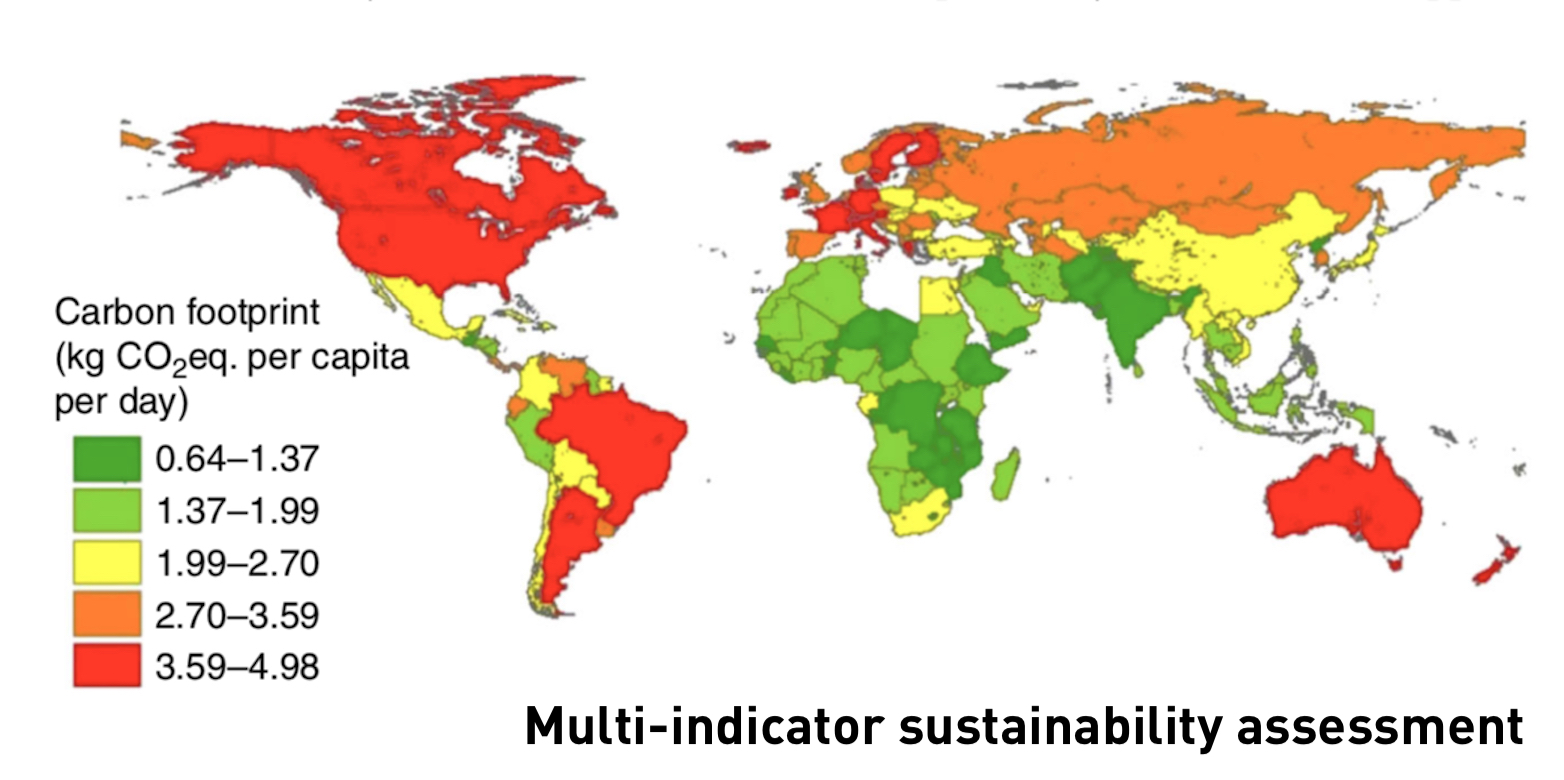
A number of global studies have suggested that dietary changes such as reducing the consumption of animal-sourced food and adopting vegetarian options can lead to reduced environmental impact in the form of reduced greenhouse gas (GHG) emissions, water use, land use, and reduced risk of diet-related non-communicable diseases. However, these global studies are also limited to one or just a few environmental indicators (mostly GHG emissions) and typically consider only a specific nutritional aspect of diet such as total caloric or protein intake. Thus, these previous studies have not considered micronutrients, whose deficiency (so called “hidden hunger”) affects over two billion people worldwide.
Innovation goal
To develop and perform holistic system-oriented sustainability quantification of food systems and novel proteins.
Research highlights

A holistically assessment of the sustainability of our food system needs methods that combine environmental and nutritional/ health dimensions. An option is nutritional life cycle assessment in which a nutrient or health metric is incorporated into standard environmental life cycle assessment which can help to elucidate new results. The aim of this study is to develop and test the “points of differentiation” framework to guide the use of these algorithms in sustainability analyses, with case studies, as the development of nutrient profiling metrics is still ongoing. Energy standardization, dietary specificities when assessing nutrient indices in isolation, as well as capping and disqualifying nutrients were identified as the "points" with the largest effects.
external pageA proposed framework to develop nutrient profiling algorithms for assessments of sustainable food: the metrics and their assumptions mattercall_made by Green, A. et al. (2023)
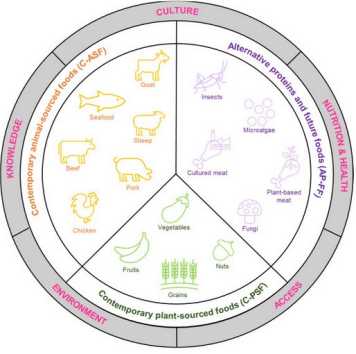
In this study, the role of alternative proteins and future foods (i.e., microalgae, insects, fungi, cultured meat, and plant-based meat) with respect to tradeoffs between animal- and plant-sourced foods in future flexitarian diets was critically evaluated. The four key sustainability dimensions were environmental impacts, nutrition/health, animal welfare, and antibiotic use.
external pageThe role of alternative proteins and future foods in sustainable and contextually-adapted flexitarian dietscall_made by Green A. et al. (2022)
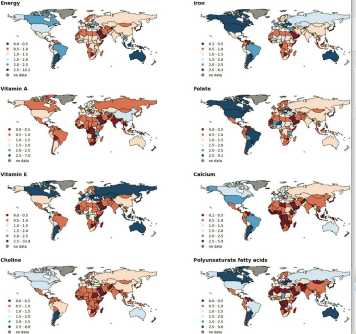
Countries are challenged to provide a nutritionally adequate diet to their population as resources are limited. Due to missing comprehensive analysis on this topic this study combined national crop, livestock, aquaculture, and fishery production statistics for 191 countries obtained from UN FAO with food composition databases from USDA and accounted for food loss and waste occurring at various stages to calculate the amounts of calories and 24 essential nutrients destined for human consumption. Furthermore, the domestic production quantities of all nutrients were compared with their population-level requirements estimated from age- and sex-specific intake recommendations of WHO to assess the nutrient adequacy of the national food production.
external pageNutrient Adequacy of Global Food Productioncall_made by Chen C. et al. (2021)

This study uses a nutritional life cycle assessment with regionally-explicit nutritional and environmental data at the food product and country levels to calculate environmental impacts, nutritional adequacy and nutritional diversity. The study discusses various reasons for the differences in nutritional and environmental sustainability metrics for the various food products and countries and it presents nutritionally-invested environmental impacts.
external pageReconciling regionally-explicit nutritional needs with environmental protection by means of nutritional life cycle assessmentcall_made by Green A. et al. (2021)
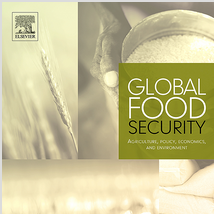
New review provides overview of current nutritional-health-environmental (NHE) sustainability assessments, including their metrics and methods. The article aserts more studies of food production systems should jointly assess environmental dimensions with nutritional and/or health dimensions, and proposes seven future research areas to develop more robust metrics and methods: (i) standardizing methods and streamlining the integration of nutrition into LCA; (ii) including dynamic and systemic aspects of food production; (ii) improving data availability, including the quantification of changes in nutrient amounts due to production and processing practices; (iv) incorporating production-oriented, food-group specific, nutrient diversity, and nutrient quality metrics; (v) creating robust metrics inclusive of bioavailability aspects; (vi) understanding limitations of health metrics; and (vii) broadening the range of environmental impacts.
external pageAssessing nutritional, health, and environmental sustainability dimensions of agri-food productioncall_made by Green, A. et al. (2020)
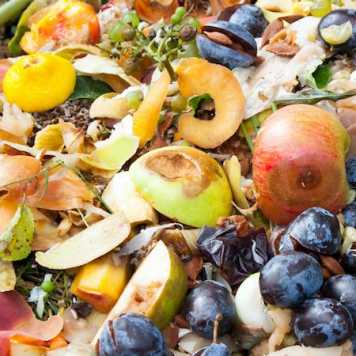
This study assesses the value of daily per capita food waste of 151 countries using two recent indicators for embedded nutrition losses (wasted nutrient days and wasted daily diets) and five indicators for environmental impacts. Globally, on average, 65 kg of food is wasted per year by one person of which 25% is through wasted vegetables, 24% through cereals and 12% through fruits.
external pageNutritional and environmental losses embedded in global food wastecall_made by Chen, C. et al. (2020)

A multi-dimension and multi-indicator analysis of nine alternative dietary scenarios (healthy Swiss diet, healthy global diet, vegetarian, vegan, pescatarian, flexitarian, protein-oriented and meat-oriented diets and a food greenhouse gas tax diet) in comparison to current food consumption data (year 2011) was completed. Results show that achieving a sustainable diet would entail a high reduction in the intake of meat and vegetable oils and a moderate reduction in cereals, roots and fish products and at the same time increased intake of legumes, nuts, seeds, fruits and vegetables.
external pageDietary change scenarios and implications for environmental, nutrition, human health and economic dimensions of food sustainabilitycall_made by Chen, C. et al. (2019)
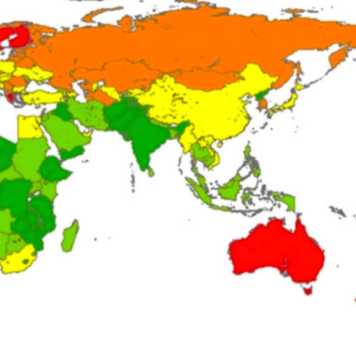
Study presents a first global-scale analysis quantifying the status of national food system performance of 156 countries, employing 25 sustainability indicators across 7 domains as follows: nutrition, environment, food affordability and availability, sociocultural well-being, resilience, food safety, and waste. Results show transitioning from animal foods toward plant-based foods would improve indicator scores for most countries
external pageMulti-indicator sustainability assessment of global food systemscall_made by Chaudhary, A. et al. (2018)
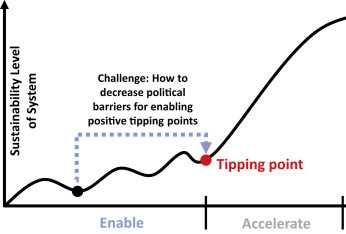
Recent research has highlighted the importance of crossing positive tipping points to accelerate the transformation of complex energy, food, and transport systems. As there is a lack of research of the politics of enabling such tipping points, this study proposes a novel framework to structure political feedback research by linking it to three core sustainability principles.
external pageThe politics of enabling tipping points for sustainable developmentcall_made by Fesenfeld L. P. et al. (2022)
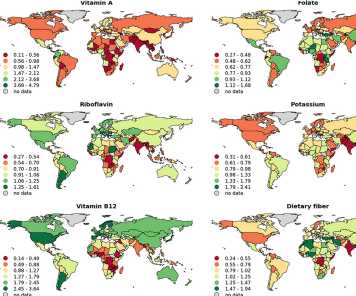
Food production for human consumption is a leading cause of environmental damage in the world and yet over two billion people suffer from malnutrition. The aim of this quantitative review is to bring together the existing knowledge on heterogeneity of current dietary patterns across the world and how a transition toward healthy diets in different countries can aid in progress toward multiple global Sustainable Development Goals (SDGs).
external pageDietary Change and Global Sustainable Development Goalscall_made by Chen C. et al. (2022)
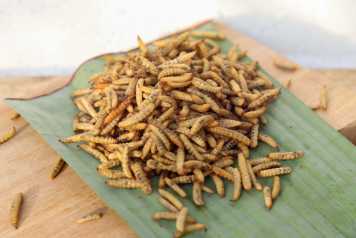
This review summarizes the recent advances and remaining issues in the emerging research field of environmental sustainability and nutrient conversion efficiency of bioconversion technologies applied in waste-to-protein pathways. While black soldier fly larvae (BSFL) have been extensively studied, other technologies involving various organisms are underrepresented. Environmental sustainability assessments, mainly conducted through life cycle assessments, are sensitive to choices in functional unit and decisions on input materials and process substitution. For BSFL, the efficiency of bioconversion is strongly influenced by the composition of residual biomass streams, while factors like residual biomass type, protein content, and amino acid profile minimally affect the protein composition of BSFL.
external pageRecent findings on environmental sustainability and conversion efficiency of waste-to-protein pathwayscall_made by Siegrist, A. et al. (2023)
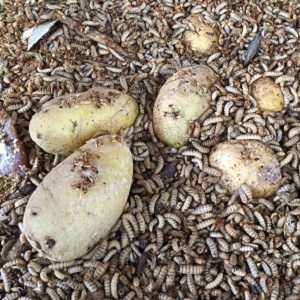
This study is a life cycle assessment (LCA) of food industry side streams transformation via black soldier fly into intermediate products applicable for feed and food purposes. Further sensitivity analyses identify the most promising directions towards sustainable insect production and estimate the magnitude of impact reductions if those directions are pursued by the industry.
external pageSustainable use of Hermetia illucens insect biomass for feed and food: Attributional and consequential life cycle assessmentcall_made by Smetena S. et al. (2019)

The Swiss National Research Program "Sustainable Economy: resource-friendly, future-oriented, innovative" (NRP 73) project entitled "Impacts of Swiss food consumption and trade" aims to develop a new framework that combines a multi-indicator-based environment and ecosystem impact assessment with a nutritional quality assessment in order to evaluate the sustainability of national food systems. Prof. Alexander Mathys leads the project.
Outreach & media highlights

August 2022
Swissinfo.ch series on external pageSwitzerland, the home of vegan foodcall_made mentions research of Alexander Mathys on nutrition and sustainability of different diets, linking to publication external pageDietary Change Scenarios and Implications for Environmental, Nutrition, Human Health and Economic Dimensions of Food Sustainabilitycall_made.
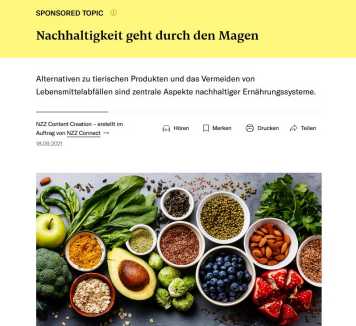
external pageArticle in NZZcall_made from Alexander Mathys and Barbara Dubach about sustainable food consumption based on the work of the NRP73 project.
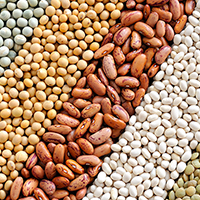
A recent SRF Puls health program evaluated the potential of pulses as an alternative to meat in the Swiss diet. The program featured Prof. Alexander Mathys. He speaks about calculating what advantages a change in diet (less meat, more pulses) would have in Switzerland. He concludes that Switzerland could spare one third of its negative environmental impacts of meat production, while saving one third of costs. Read more in WFSC News


Article in New Scientist features project study on the sustainable use of black soldier fly larvae biomass for feed and food.
external pageThe super fly that could feed us, end waste and make plastic and fuelcall_made by Adam, D.

Forbes magazine on insect sustainability refers to project study on sustainable use of black soldier fly larvae biomass for feed and food.
external pageCan Using Insects As Animal Feed Reduce The Climate Impact Of Meat Production?call_made by Banis, D.
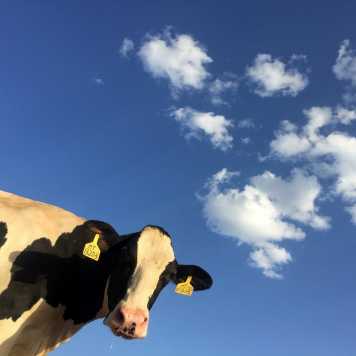
A new sustainability assessment study PI Alexander Mathys featured in Swiss Tages-Anzeiger newspaper article on the carbon footprint of different food items. Read more in WFSC News

